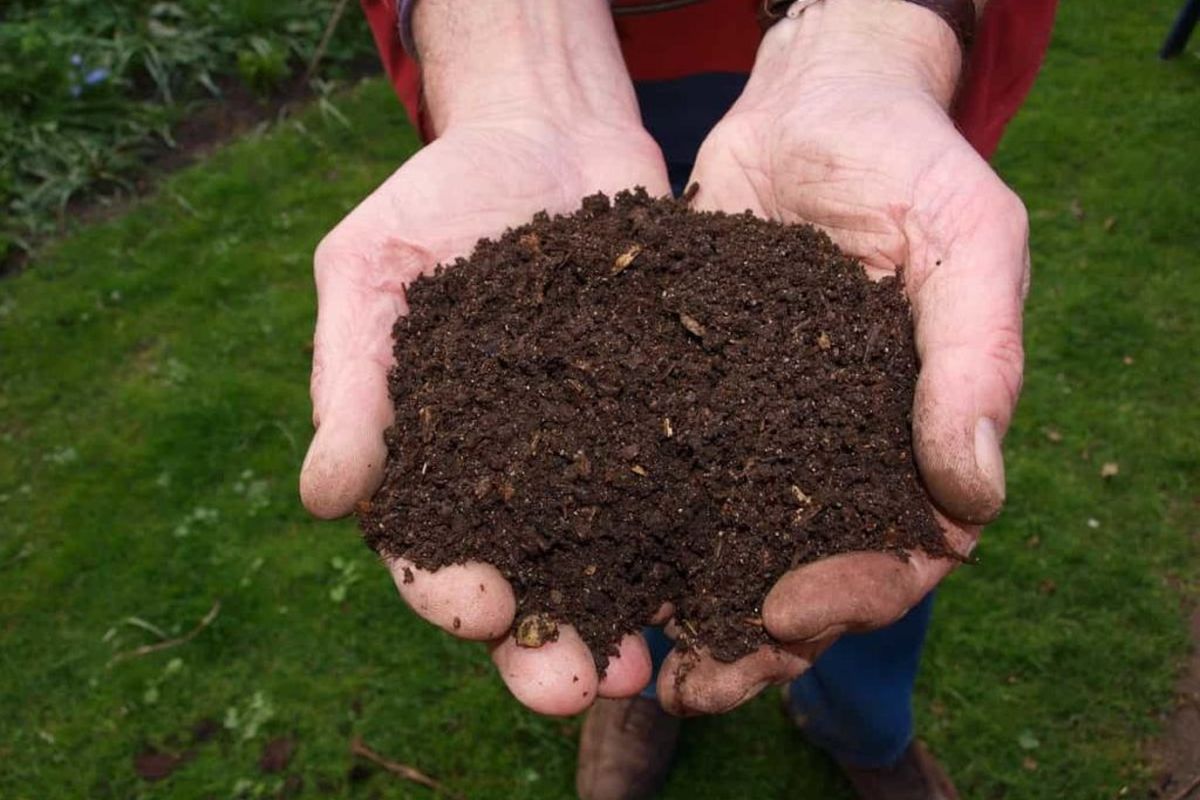Gardening is like nurturing a living artwork, and just like any masterpiece, it needs the right nourishment to flourish.
While nature does its part, gardens often need a little extra care to maintain their vitality. Enter fertilizers – the nutrient-packed boost that keeps your plants thriving. But with various types and methods, choosing the right fertilizer can be a puzzle.
Here’s a beginner’s guide to help you decode the world of fertilizers.
Understanding the Different Types of Fertilizer
Fertilizers come in different varieties to suit specific plant needs. Pre-packaged options are tailored for roses, trees, shrubs, veggies, lawns, or bulbs. This specialization takes the guesswork out of your gardening game.
There are two main categories of fertilizers: organic (derived from plants or animals) and inorganic (synthetic chemicals).
Organic fertilizers enhance soil health and are environment-friendly. They’re a natural choice for nurturing your garden. Inorganic ones, however, lack a positive impact on the soil and can even harm the environment.
As such, it’s essential to weigh the pros and cons before making a choice. Aside from that, fertilizers come in two forms, each with its perks.
Slow-release granular fertilizers provide nutrients over time, perfect for steady growth. On the flip side, water-soluble ones act quickly, giving your plants an instant nutrient boost when needed. They’re gentler and quicker, but they require more frequent application.
Knowing the Right Time to Fertilize
Just like how we need balanced meals, plants also require nourishment for optimal growth. Knowing when and how to fertilize can make a world of difference in your garden’s health.
Here’s a guide to help you become a pro at feeding your plants:
Trees and Shrubs
Most trees and shrubs don’t need much extra feeding, but if necessary, use granular fertilizer in early spring. Opt for a formula tailored for trees and shrubs, applying it around the drip line.
Perennials
Ornamental perennials thrive in good soil and need minimal extra nourishment. Apply 1-2 inches of compost as mulch in spring or use an all-purpose granular fertilizer once.
Roses
Roses are hungry plants and need regular feeding throughout the growing season. Reapply fertilizer every 2-6 weeks from spring to summer. Stop feeding before frost.
Annuals
Annuals love to eat and thrive on ongoing nutrients. Use compost or quality potting soil for containers. Apply granular or liquid fertilizer every 2-6 weeks.
Vegetables
Well-amended soil and proper fertilizing boost vegetable production. However, nutrient needs vary by crop type, so adjust accordingly.
Fruits
Different fruits have different feeding schedules and requirements. For this one, you want to consult local experts for region-specific advice on strawberries, blueberries, and more.
Remember to water before and after fertilization to prevent root burns and ensure nutrients reach the roots effectively. By understanding your plants’ nutritional needs and providing them with timely sustenance, you’ll be well on your way to a thriving, vibrant garden.

